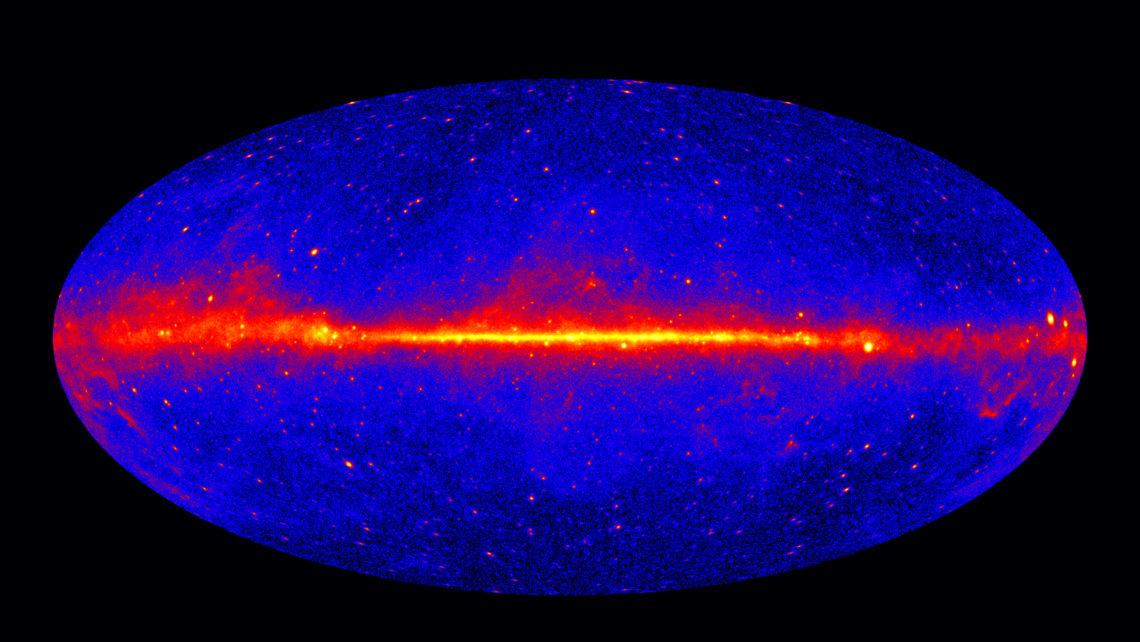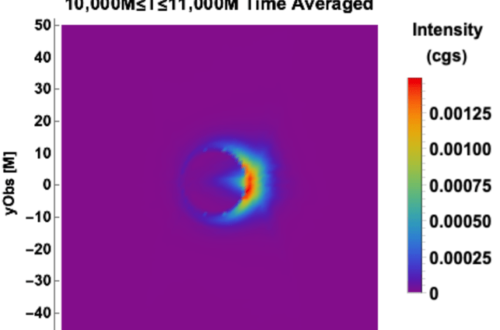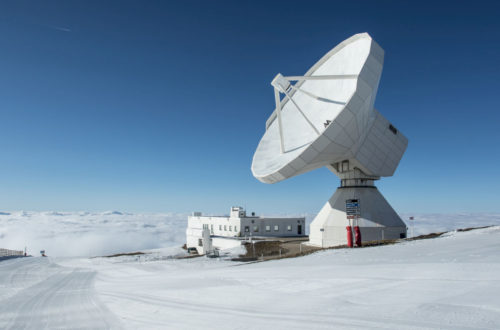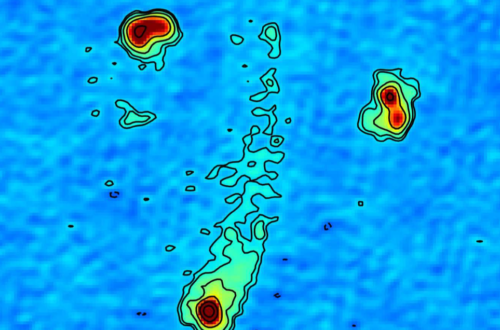‘Cause you’re a sky, ’cause you’re a sky full of stars
I’m gonna give you my heart
‘Cause you’re a sky, ’cause you’re a sky full of stars
‘Cause you light up the path
I don’t care, go on and tear me apart
I don’t care if you do, ooh ooooh oooooooh ooooooooohhhh
Uhh sorry, I really like this song! I think if Coldplay were to sing this song today, they would write:
‘Cause you’re a sky, ’cause you’re a sky full of Pevatrons… oohh oooooooh (great tune, isn’t it?)
But what are PeVatrons that would make Coldplay change their hit?
Let’s travel to the distant East, somewhere in the Tibetian plateau (unless you read this article from somewhere in China, so it isn’t that distant for you). The Large High Altitude Air Shower Observatory (LHAASO) is a new facility covering more than a million square meters with huge tanks full of water. When I’m saying huge, I mean extremely huge! Each tank contains up to 100000 tonnes of water!
Figure 1: An artist’s impression of the Tibetian plateau where LHASSO is located. Image Credits: LHAASO.
LHAASO utilizes these water tanks to detect γ-rays of TeV and PeV energy (1012 and 1015 eV, respectively). More precisely, when astrophysical γ-rays enter the atmosphere, they initiate electromagnetic showers that produce electrons and positrons. These energetic secondary particles enter the water tanks and because they travel with a velocity faster than the speed of light within the tank, they produce a characteristic blue light known as Cherenkov light. The water tanks contain detectors that select the Cherenkov light, and scientists analyze it to extract information about the initial γ-ray.
But where do these γ-rays come from?
LHAASO is one of the modern facilities that try to link the ultrahigh-energy γ-rays detected on Earth to their astrophysical sources out there. In particular, there are several astrophysical objects capable of accelerating individual particles to energy of the order of PeV or even EeV (1015 and 1018 eV, respectively) known as cosmic rays. Despite searching for decades the astrophysical sources of cosmic rays still elude scientists..
Cosmic rays are charged particles, so after they escape their source(s), they travel in curved trajectories due to the interstellar/intergalactic magnetic field, making it difficult for scientists to track their exact position on the sky where they originate.
One of the most robust ways to find the exact cosmic-ray sources is to study the electromagnetic counterpart, and in particular, the γ-ray spectrum. TeV γ-rays require particles with energy of the order of TeV or even PeV. There are two popular physical mechanisms that allow for TeV emission. The first one is Inverse Compton Scattering for energetic electrons and the second one is proton-proton inelastic collisions for energetic protons.
So, what’s the role LHAASO plays?
LHAASO recently released the first results after a year of operation. These results are promising because they indicate the existence of at least 12 sources of 100s of TeV γ-rays in the Galaxy. Hence, there are at least 12 sources of PeV cosmic rays in the Galaxy known as PeVatrons.
Scientists have identified two of the 12 sources. The first one is the standard candle of High Energy Astrophysics, namely the Crab Nebula. The second one is the star-forming region of the Cygnus Cocoon. The rest of the ten sources remain unidentified.
But what is the physical mechanism responsible for these γ-rays, and hence, what is the nature of these PeV cosmic rays? Is it electrons or protons? And what is the exact nature of these ten unidentified sources? Moreover, how many PeVatrons exist out there? Are they as numerous as the stars in a galaxy? I think more time and further observations are required to answer these questions!
I have a feeling that Coldplay will soon change their song to …
‘Cause you’re a sky, ’cause you’re a sky full of … PeVatrons!
Figure 2: The GeV (109 eV) γ-ray sky detected by the Fermi satellite. Most of the γ-rays are distributed along the Galactic plane. How will the TeV sky look like in the coming years? 🤔 Image Credit: NASA/Fermi-LAT.
You can find here the Nature paper of LHAASO.




